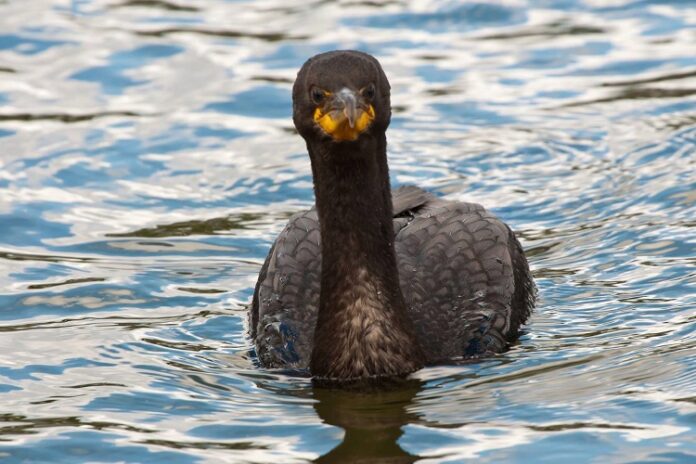If you’ve noticed cormorants more often on your lake, it’s not because of a population boom.
MNRF regional wildlife specialist Kevin Kilgour says the bird is native to the North. Its numbers have increased across Ontario since the 70s, when harmful pesticides were banned.
Here’s another myth that Kilgour dispels: A cormorant’s prime source of food is fish, therefore it can eat all the fish in a lake.
“But it’s very unlikely for a single species to completely clean out a lake of fish, due to complex interactions with ecosystems,” he explains. “So, ecosystems tend to find a balance over time. Various species interact and influence each other’s populations.”
He does say that cormorant droppings can be harmful to vegetation where they nest. So one legal way to get rid of them is to harass them and push them off your property.
“There is an open season for hunting cormorants as well in the fall,” he adds. “Anybody who’s doing that would have to follow all of the hunting rules in the Fish and Wildlife Conservation Act, of course.”
Kilgour doesn’t know from personal experience but is told cormorant meat isn’t very edible and is extremely distasteful.









